In order to collect a good yield of the gooseberry in the summer and enjoy juicy and fragrant berries, it is necessary to regularly care for shrubs in the autumn-spring period. Spring gooseberry treatment is especially important.
Gojberry pests
Gooseberry berries know and love many. They are used not only in the latest form. From the gooseberry make delicious jam, jumped, boiled compotes, prepare jams, souffle and even marmalade. In addition to the taste quality, the gooseberry berries are greater benefit to the human body. They contain a huge amount of vitamins and trace elements. Doctors recommend regular consumption of gooseberry berries throughout the season for the prevention of diseases such as hypertension, atherosclerosis, elevated cholesterol and other diseases of the cardiovascular system. And the gooseberry juice is useful in the anemia and skin diseases.
The gooseberry is very susceptible to attacks of various pests. They are so crazy to settle on branches and leaves of the plant. In terms of its characteristics, they are divided into the following types:
- sucking - wave, spider mites and shields;
- rodes - gooseberry fire, gooseberry spine and leaf sawder.
Read more about pests:
- The failure is a very small insect, no more than 2 mm. Sets the whole families and hurts predominantly young leaves and shoots, sucking all the juice. Losing moisture, the leaves dry out and twist, and the shoots change their shape and stop their growth. For the entire season, the TLL is managed to give not one generation.
- The web tick begins to show its activity in early May. Among the first signs are very small lightweight stains on the leaflets of the shrub. In the future, the damaged plant dries and stops growing. To see the female tick, larvae and eggs can only with the help of a magnifying magnifying glass. The female reaches a length of 0.4 mm and has bright orange-red tones. Well tolerate winter, settling in dry leaves. Favorable conditions for activity is dry and hot summer.
- Another pest who loves the shrubs of the gooseberry - the shield. In total, there are as many as 3 types of this insect: Akacia Flotovychikovka, a comma-shaped shield, a ventilator. Insect received its name for appearance - his body is like under the shield. And under this shield, the female puts his eggs, after which he dies herself. It happens during the start of flowering gooseberry. Approximately a month later, the larvae diluted from eggs is chosen from under the shield and are squeezed to the shrub cortex, starting to suck juice from it. The pest has yellow-brown and red-brown, the body size is from 3.5 to 4.5 mm. Power on the shields exclusively juice and crust of the plant. Most harm the female shields. Losing juice and boring plants, begin to weaken and dry. Winter season, the shield is spent in the cracks of the gooseberry bark and on branches.
- Gooseberry fire is the most frequent parasite that harms the plant. It envelops the brushes with the berries of the web and turns fruits from the inside. Butterflies gooseberry flames lay eggs in colors, and young 20 mm weave their web around the berries. These berries are not suitable for use, they must be turned and destroyed. In winter, the caterpillars are going to cocoons under the shrubs in the ground, dropping on 3-5 cm deep.
- Sheet sawmakers have time to give 2-3 generations for one season. The junior brood is the most dangerous. In winter, the larvae is knocked into cocoons and live in the ground at a depth of 15 cm. The spring butterfly is laying off their eggs on young leaves in the form of a track. The gooseberry fire in a pair with a leaf sawder can destroy the shrub during days.
- The gooseberry spine - the caterpillar 4 cm in the length of yellow with square spots on the back and yellow stripes on the sides of the Taurus. White in black and yellow stains butterfly puts off her eggs on the underside of young leaves, of which caterpillars appear in the future. It feeds the caterpillar exclusively with leaves, eating them to the very residences. Can destroy the bush in 2-3 days. In the fall of the caterpillars fall on the ground and there they also spend the winter, enveloped by silk. In the spring wake up and climb the trunk of the shrub, and when the first leaflets appear, they begin to pour on them, overlooking the holes.
Diseases of the gooseberry
Two diseases do the greatest harm to the gooseberry:
- Puffy Rosa - Spores of the fungus that infect the entire shrub, from shoots to fruit. At the very beginning of the disease, it is manifested in the form of a whitish gray plaque on the affected places. Then the hoist darkens and becomes like felt. As a result, young leaflets and fruits begin to dying, the growth of the plant slows down. The fungus perfectly tolerates the winter on the affected areas, and the spring spores of the mushroom begins to infect young shoots and leaves.
- Rust - manifests in the form of orange spots on the leaves of the shrub. It infects the gooseberry in the spring, when the wind is transferred from other plants, most often from the source.
General ways of struggle
In order not to give the opportunity to fall into pests, the earth's shrubs in conjunction with peat are plunged in autumn. It will not allow butterflies to fly out of the ground in the spring. But the most basic struggle with pests and diseases - special processing of the gooseberry in the spring:
- One of the ways to combat pests, which conduct the winter season in the ground under the shrubs - covering the soil around the shrub film, rubberoid or tool. It will not give the opportunity to cut out butterflies or crawl out of soil and harming shrubs. When the gooseberry blooms, the sheltering materials can be removed.
- It is necessary to loosen the soil around the gooseberry as often as possible. This will also stop pests from settlement and development in the soil.
- One of the main methods of combating insects is chemical. The gooseberry treatment is carried out by chemicals such as carboosophos, bromosophone, inta-virgin, interrine, kilzar and green soap. Plant treatment with biopreparations - batchbacillins, dendrobacillins, lepyocydom is allowed.
- Another simple, but reliable way to protect plants from harmful insects is a concentrated fertilizer solution. It may be urea dissolved in water. At 700 g of urea take 10 liters of water. Spray the plant and the soil under it. It is necessary to do it in early spring even before flowering gooseberry. This method is very effective when dealing with pulse dew.
- Those gardeners who are against the use of chemical pest control methods are recommended to apply herbal infusions. One of the options is a tincture of cleanliness in the ratio of 100 g of grass on 1 liter of water. It insists for 2 days, after which you can spray the plant and ground under it. Tincture is effective in the fight against tool and all types of shields.
- Nehimical methods include decoction of tomato tops. 4 kg of tops need to grind and pour 10 liters of water. Cook on low heat for 30 minutes, then give cool and strain. The finished liquid needs to be breeded with water in a 2 l ratio of 10 liters of water. For greater efficiency, grated economic soap is added. Spray shrubs and soil under it.
- An additional way to fight may be disembodied between shrubs of tomato gooseberry. They scare away such pests like a fire and a sawmologist.
Individual methods of struggle
With each individual pest and disease, there are individual methods of struggle.
Individual struggle with pests:
- To combat tool, first of all, cut the tops of damaged shoots. After that, the shoots must be destroyed so that the remaining insects do not apply further. At the first signs of infection of the shrubs, their threes are sprayed with the influence of the shells of the splash onions. 10 liters bucket filled with a husk half and poured with hot water. Then the infusion obtained is filtered and divorced by water in a 1: 2 ratio. For greater efficiency, 50 g of household soap is added.
- Another way to fight Tley is the breeding of ladybugs that are able to eat more than 150 flutes of aphid. To protect the gooseberry from a spider tick, early spring before the advent of kidneys, shrubs are treated with ankartan, anti-zero, carbofos, metaphos, foam, colloid gray, treedon, phosphamide, cidel. When processing shrubs, be careful, it can cause burns on the leaves of the plant. And in general, sulfur is used in the latter order, because It is less effective. It is very important to periodically change the drugs so that pests do not have formed resistance to chemicals.
- For greater efficiency, additional processing of the gooseberry is carried out during the flowering period. It is also necessary to regularly fight weeds, which are often places of accumulation of a paouth tick.
- With damage to the shrubs, it is necessary to remove all damaged branches and carry out the treatment of the gooseberry with the preparation of the DNOC (1%) - 100 g of the solution on 10 liters of water. Also effective with a nitrafena solution of 3%. Treatment should be carried out in early March before the advent of the kidneys on the plant. The gooseberry fire is afraid of the beam of wormwood and tobacco, which need to handle shrubs every 5-7 days during the period when the ovary are formed. You also need to cut all damaged branches, berries and remove contaminated fallen leaves.
- To remove a sheet sawder apply spraying with inferior herbs after flowering ends. Before flowering, the gooseberry is sprayed with a solution of chlorofos (0.1 - 0.2%) or DDT suspension (0.4%).
The treatment of the gooseberry from pulse dew is carried out early in spring. There are several ways to treat shrubs from pulse dew:
- even before the dissolution of the kidney, it is necessary to treat shrubs with a solution of nitrafena or 3% solution of iron vapor;
- pruning and destruction of patients of shoots and fallen infected leaves are also recommended;
- another very effective and very simple way to combat pulse dew - treatment of the gooseberry boiling water. Conduct it early in spring as soon as the last snow melts. Boiling water is poured into a large watering can and immediately watered shrubs. Already the first watering of boiling water will give a positive effect and the fungus will not appear on the shrubs treated in this way;
- well helps a solution of calcined soda with a household soap in a ratio of 50 g per 50 g;
- among the ways of struggle - spraying with infusion of a cowboy: 1 part of the manure is poured with 3 parts of water. This solution is the 3rd day, then again divorced with water 1: 3 and farts. Treatment of shrubs with a cowman should be carried out after sunset or in intolery weather. The first processing is recommended before flowering, last 3 weeks before the planned harvest from the gooseberry.
The rust is spraying with burgundy liquid (1%). The first spraying is recommended before flowering, while the first leaflets appeared, the second, the most necessary, when the buds appears and the third after the end of flowering. With a very strong damage to the gooseberry, the disease can be held a fourth processing 10 days after they spent the third. There is another effective drug from Rust - Phytosporin. Do not forget to carry the soil and cleaning fallen leaves.
The treatment of the gooseberry in spring from pests and diseases is very important for obtaining a healthy and rich harvest. It is necessary to spray shrubs with special means in time, to carry out soil looser and remove weeds around the gooseberry.

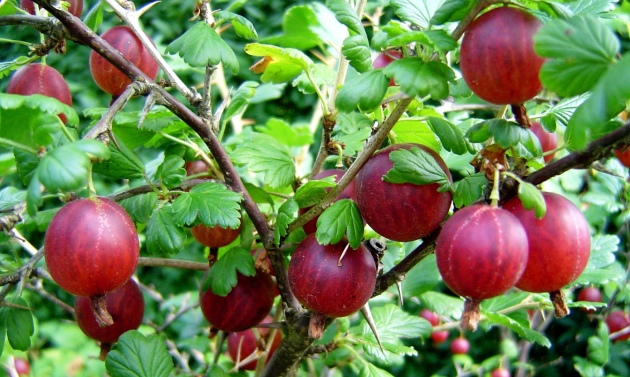
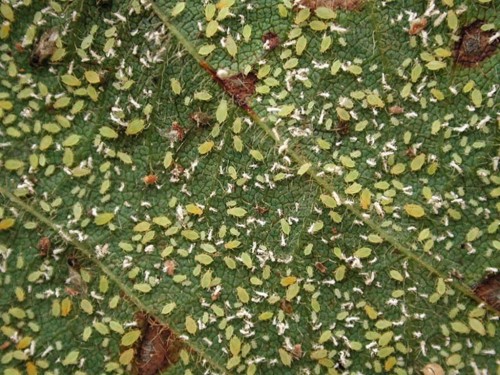
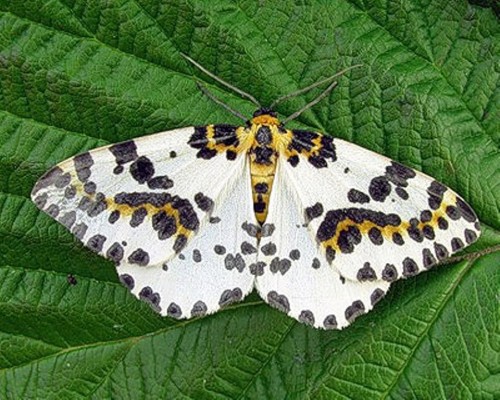
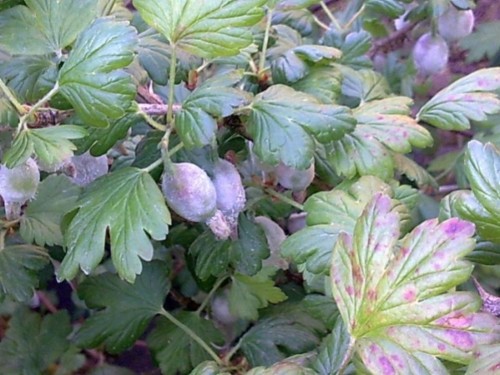
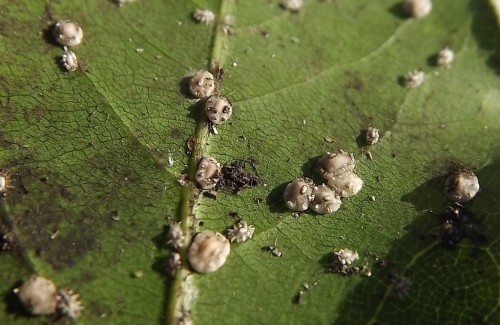
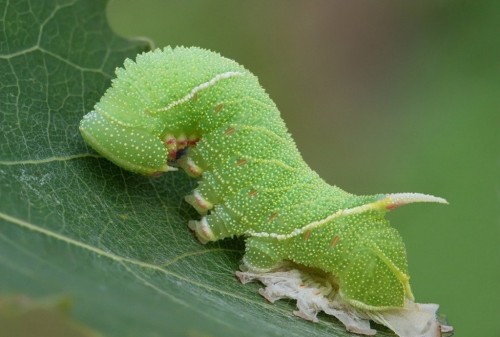
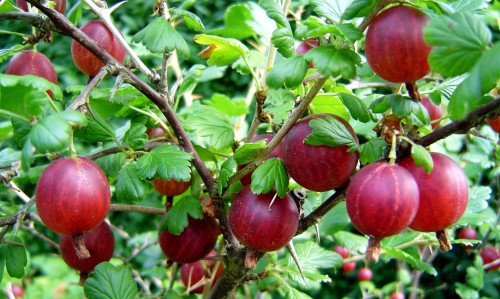












 Start a discussion ...
Start a discussion ...